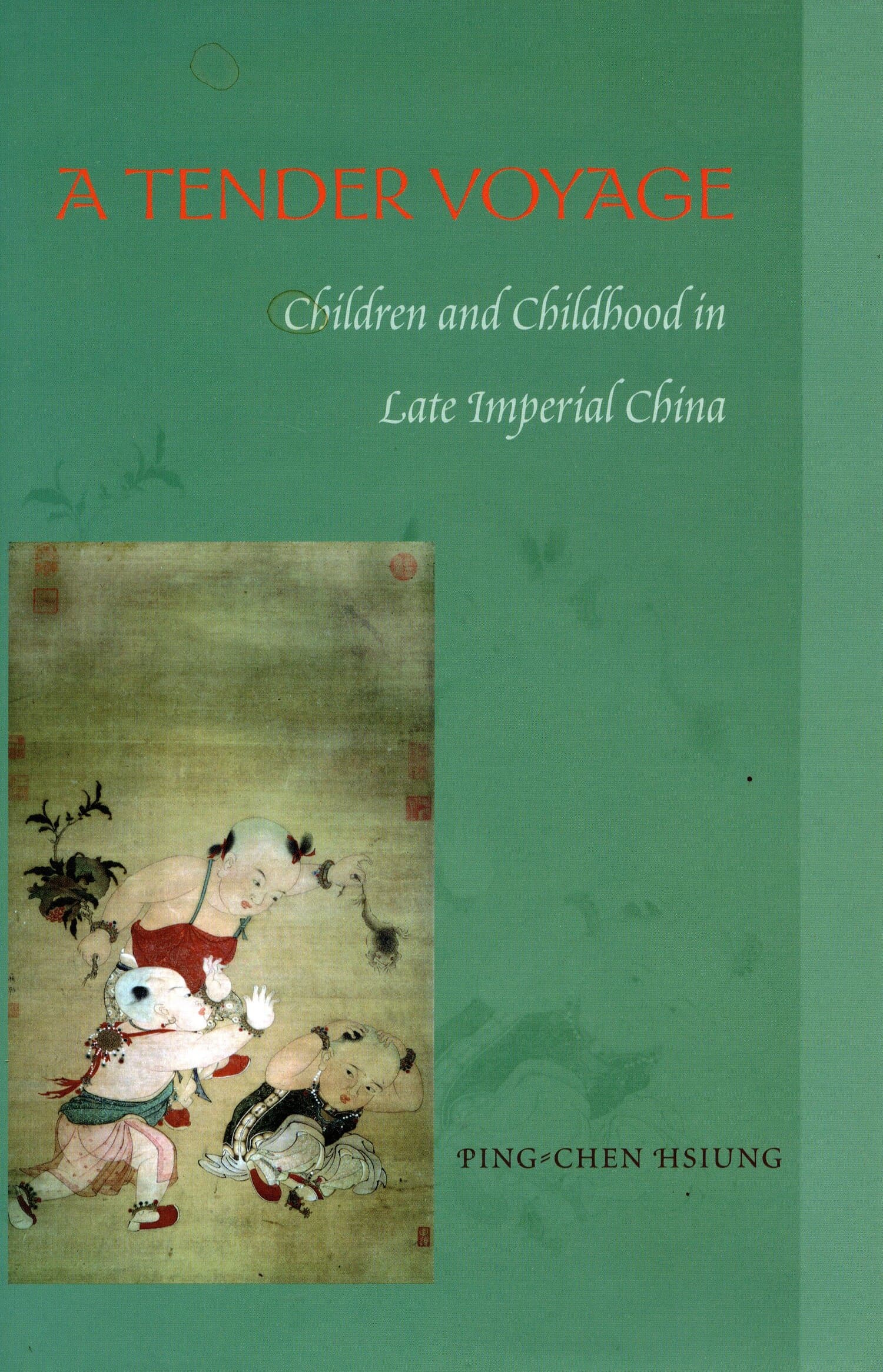Figuring Korean Futures

This book is the story of the emergence and development of writing for children in modern Korea. Starting in the 1920s, a narrator-adult voice began to speak directly to a child-reader. This child audience was perceived as unique because of a new concept: the child-heart, the perception that the child's body and mind were transparent and knowable, and that they rested on the threshold of culture. This privileged location enabled writers and illustrators, educators and psychologists, intellectual elite and laypersons to envision the child as a powerful antidote to the present and as an uplifting metaphor of colonial Korea's future.
Reading children's periodicals against the political, educational, and psychological discourses of their time, Dafna Zur argues that the figure of the child was particularly favorable to the project of modernity and nation-building, as well as to the colonial and postcolonial projects of socialization and nationalization. She demonstrates the ways in which Korean children's literature builds on a trajectory that begins with the child as an organic part of nature, and ends, in the post-colonial era, with the child as the primary agent of control of nature. Figuring Korean Futures reveals the complex ways in which the figure of the child became a driving force of nostalgia that stood in for future aspirations for the individual, family, class, and nation.
"Dafna Zur's superb study of the rise of Korean children's literature from 1908 to 1950 is based on remarkably thorough research and critical analysis. It is the first profound history of Korea's children's literature in English and covers all the political and social complexities involving the nation's aspirations, the modern focus on the child as a symbol of hope, and the transformative power of imagination."—Jack Zipes, University of Minnesota
"Figuring Korean Futures offers a powerful and important history of children's literature in Korea from the early 1900s through the late 1940s. Drawing on a wealth of textual and visual sources, Dafna Zur's groundbreaking book demonstrates the ways in which the notions of the child and a literature for children stand at the center of Korean articulations of the modern itself."—Theodore Hughes, Columbia University
"Thoughtfully presented and informative, the book makes it clear that Zur read widely and conscientiously, combing through not only the magazines themselves for worthwhile opportunities to put her considerable powers of close reading to work, but also a great number of secondary sources on a wide range of subjects....Zur's book...gives an admirably cogent overview of an important subfield of modern Korean literary studies, and, in the process, manages to illuminate broader concerns regarding modernity, coloniality, nationalism, and translation."—Youngju Ryu, Cross-Currents: East Asian History and Culture Review
"Figuring Korean Futures: Children's Literature in Modern Korea is a valuable contribution to the literary history of the colonial and postcolonial period. With this publication, Zur provides scholars and casual readers alike with an exhaustively researched and masterfully written analysis of how the Korean child was imagined, appropriated, entertained, mobilized, and educated through children's literature in the tumultuous first half of the twentieth century in Korea."—Steven D. Capener, Pacific Affairs
"A remarkable new work of scholarship....The defining English language history of this defining era of modern Korean children's literature, Figuring Korean Futures is a tremendous achievement."—Christopher Richardson, European Journal of Korean Studies
"As a first monograph in the English language on children's literature, Zur's study is an invaluable contribution to scholarship on the print culture of modern Korea. The richness of her study is further enhanced through her keen analyses of visual materials. Also impressive is Zur's contextualization of children's literature through histories of education and welfare institutions in Korea...Zur's study provides an astute analysis of the development of children's literature and its connection to the inexorable forces of colonialism, nationalism, and modernity."—Susan Hwang, Journal of the History of Childhood and Youth




